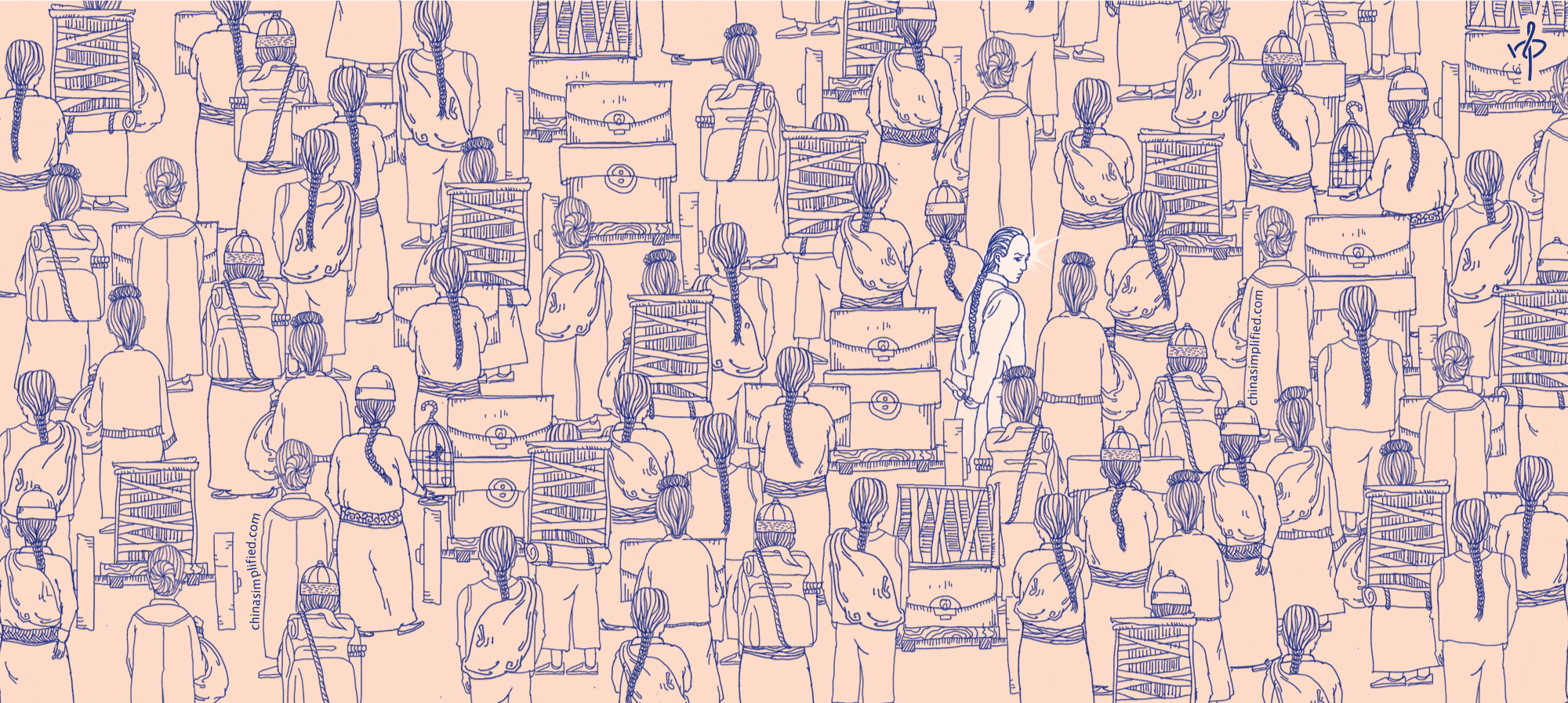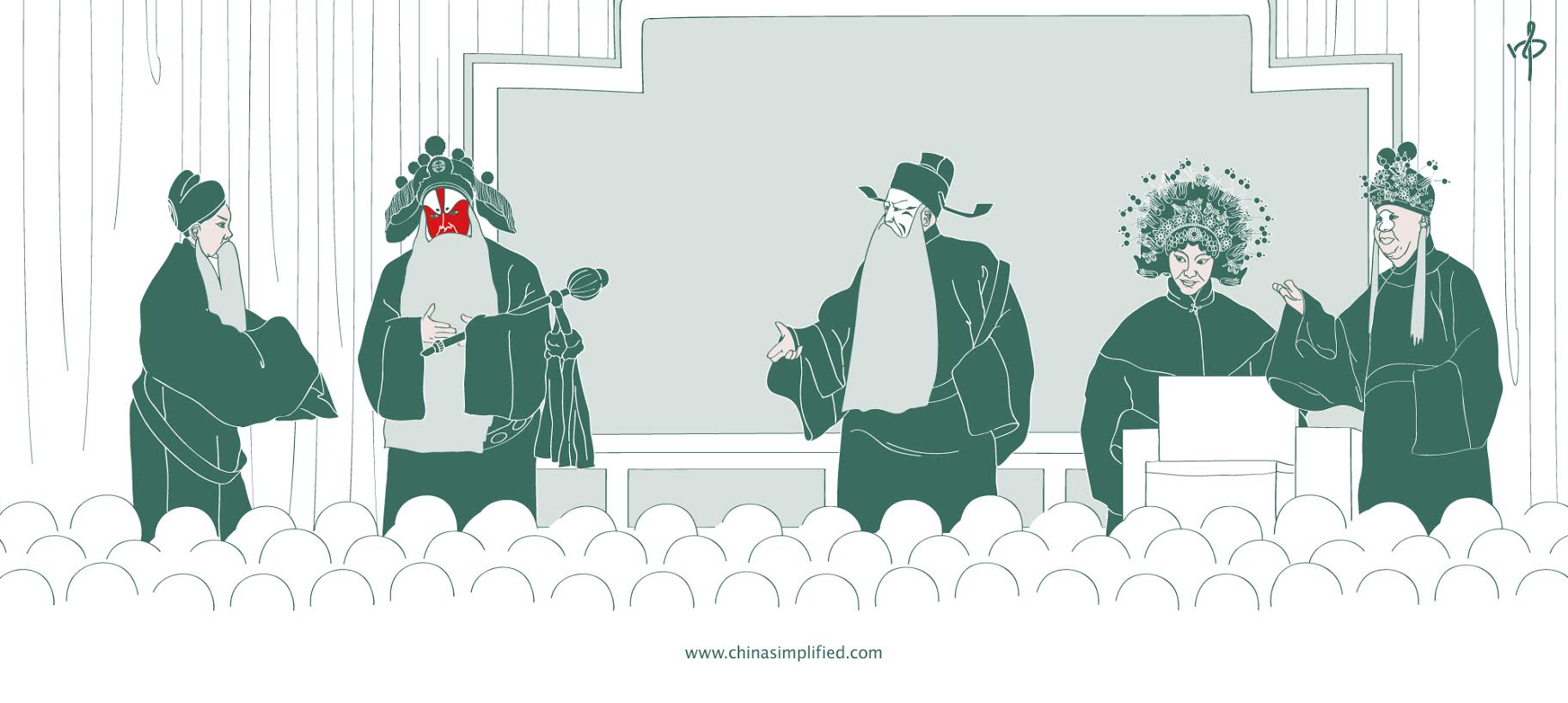Humanity has been on the move since the beginning of recorded time. Our world in 2016, in some ways, is not dissimilar, with the Economist reporting 60 million displaced people now roam our planet.
Some among us think nothing of stepping into a metal tube, flying 15 hours to the opposite side of the globe, emerging just in time for a business meeting, all without missing a beat. Imagine time-traveling to the year 1405 and trying to explain that one to Admiral Zheng He: The Floating CEO.
The Chinese themselves are no strangers to mass movements, many of which came to define an era of Chinese history. Let’s explore six of those major Chinese migrations and attempt to characterize them based on what made them most memorable:
1. “Unleash Hands Movement” – Ming Dynasty mass relocation
Over a fifty year period from 1370 to 1417, the Ming-founding Hongwu Emperor ordered 11 million people (16% of his population) to move from the Shanxi plateau and the Yangtze River Delta to the more barren inner lands. During the forced migration, the hands of migrants were fastened behind their backs to discourage escape. One phrase that originated during the Ming era was “unleash hands,” which was captive shorthand for “I need to pee.”
2. “People Move To Survive” – Qing Dynasty outward expansion
The Qing era witnessed huge movements of people, to both internal and external destinations. The internal movements arose from both “pull” (filling “empty” lands following warfare, e.g. Sichuan and the Northwest) and “push” (fleeing areas ravaged by the Taiping Uprising and Japanese encroachment) influences. In other words:
树挪死, 人挪活
shù nuó sǐ, rén nuó huó
“Trees move to die. People move to survive.”
Chinese from the SE coastal provinces sought trading opportunities in SE Asia, establishing the invisible empire of the Lords of the Rim, a name coined by author Sterling Seagrave. Chinese coolies ended up scattered as far away as Central and South America to fill hard-labor roles, after Britain banned the colonial slave trade.

3. “40 Years Away From Home” – The Nationalist returnees
When the Civil War ended in 1949, over 1.2 million Nationalist soldiers and civilians retreated to Taiwan. The movement was so rushed that the unlucky ones were forced to leave families behind. There they endured nearly forty years without any communication back home across the Taiwan Strait.
It wasn’t until November 1987 that war migrants were allowed to visit their immediate families in the Mainland. Unfortunately, some did not live long enough for their long-awaited reunions.
4. “Sent Down Youth” – the youngest mass migrants
The Cultural Revolution resulted in a massive urban-to-rural movement of young adults to study Mao Zedong thought. In total, over 17 million youths relocated to the countryside from 1950 to 1970, including a teenage Xi Jinping. More than 90% of the “reeducated” youths later returned to the cities.
Beyond these impressionable youths, the many condemned “cow devils” and “snake spirits” were constrained in “cow stables” (labor camps) during the 1960s. Over 100,000 others ended up studying in cadre schools, including the elder statesman Deng Xiaoping.
5. “Open Door Workers” – rush for opportunities post-1978
China’s Open Door Policy freed up the nation’s most talented scientists, economists and intellectuals to further their education overseas, encouraging them to return and help advance the domestic economy.
Ezra Vogel in his biography Deng Xiaoping and the Transformation of China notes that as many as 100 million migrants had flowed into the coastal areas of Guangdong by the time Deng retired in 1992. Deng and others believed that allowing private enterprise and encouraging foreign investment, all under Communist Party leadership, would promote faster economic growth than could be achieved in capitalist countries.
6. “No Place Like Home” – Spring Festival annual returnees
Welcome to the world’s largest annual human migration. China’s sudden spike of movement overloads the transportation system with hundreds of millions of people on the move, all hoping to arrive home in time for family reunions on the eve of Chinese New Year.
In 2014, Chinese officials projected 3.62 billion trips would occur in the 40-day period surrounding the holiday. This figure comprises 3.2 billion trips by road (long-distance buses and private cars), 258 million by train and 42 million by plane. This massive urban-to-rural reverse migration empties China’s megacities and illustrates how many people have uprooted their lives to find work in the cities since 1978.
The Chinese language differentiates between huáqiáo (华侨), Chinese emigrants who retain Chinese nationality, and huáyì (华裔), foreign citizens of Chinese ancestry, for example, those coming from multiple generations living in the West. Kaiser Kuo, host of the popular Sinica podcast, estimates there were 50 million Chinese living outside of Greater China by 2012. Added to the populations of Taiwan (23.3 million), Hong Kong (7.2 million) and Macau (560,000), the total exceeds 81 million or about 6% of all Chinese people, nearly all of whom celebrate CNY.
The Future: Net migration INTO China?
China has been a net “sender” state for much of its history since the celebrated Tang Dynasty when its multicultural capital of Chang’an (Xi’an) attracted large numbers of opportunity-seeking foreigners. Its expanding consumer market, aging society and low population growth rate present a strong case for modern China as an emerging destination for economic migration. Some envision China as a future immigration hotspot.
Future economic prospects aside, China faces substantial foreign concerns about smog and censorship which stand in the way of a sustained inward flow of immigrants and returnees. Western countries also struggled to overcome horrendous pollution during periods of rapid industrial growth. Anyone old enough to remember the USA’s Clean Air Acts?
Many are confident China will leverage emerging technologies to overcome its environmental challenges in the decades ahead. As for the other issues, only time will tell.









